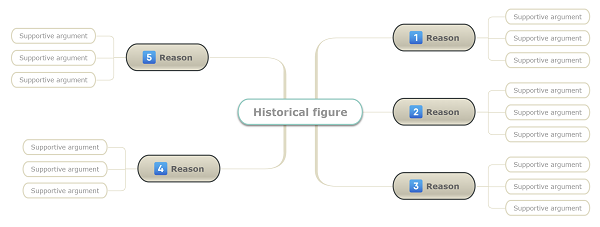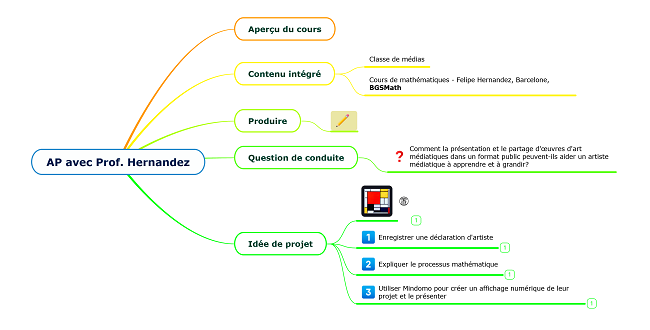
- #MINDOMO IN CLASS MANUAL#
- #MINDOMO IN CLASS SOFTWARE#
- #MINDOMO IN CLASS TRIAL#
- #MINDOMO IN CLASS PC#
- #MINDOMO IN CLASS FREE#
For example, text formatting is under the Home tab and not in Formatting. Mindomo’s ribbon layout is reasonably intuitive, but with some unexpected twists. This has the advantage of familiarity for many users, but the downside is that because the map window is already in a browser there isn’t much area left for the map itself in either program if you are accessing it from a notebook computer, especially one with a small screen. The creators of Comapping and Mindomo have opted for Office 2007-style tab and ribbon formats for their commands, with a button in the top left corner allowing access to the most basic commands.
#MINDOMO IN CLASS SOFTWARE#
Interface: All three programs observe basic mind mapping software conventions regarding the creation of new topics and sub-topics, the ability to move topics around the map and the expanding and collapsing of branches. Comapping also offers group, class and company subscriptions. Comapping comes in a single version, which costs US$15 for 6-month and US$25 for annual subscriptions. Both programs also offer closely-matched “business” and education/academic versions with some additional features. However, to obtain access to additional features you have to sign up for at least the “premium” version of either Mindomo (a monthly charge of US$6) or MindMeister (US$4 a month).
#MINDOMO IN CLASS TRIAL#
Comapping offers only a 30-day trial but the trial version is fully-featured.Ĭost: All three programs make it easy to sign up and get started.

#MINDOMO IN CLASS FREE#
Both the latter programs offer both free and charged accounts, though free account holders can access only a basic version with limited features (MindMeister however offers a time-limited trial of its fully-featured premium version). Three good examples are Comapping, Mindomo and MindMeister. I’ll have a brief look at the last two groups, starting off in this post with the fully web-based applications. Obviously this facilitates sharing, but it also makes it easier for single users to access their maps from any computer. Others remain computer based, but also have options for uploading, storing and sharing maps on the web – and, in some cases, for shared online collaboration.Ī third emerging category is those programs that are entirely web-based, with maps stored online and accessed though a browser.

Some programs have stayed in this conventional mould.
#MINDOMO IN CLASS PC#
Whilst mind mapping software started out as conventional PC and Mac based programs, it has evolved in interesting ways. Not only can these programs provide a simple, visual one-page map as record of a planning or brainstorming session – these maps can also become effective “live” management documents for implementing an organisation strategy or managing a project. Most programs also allow you to prioritise these topics and sub-topics, to format them in other ways and to add information such as deadlines, resources, document files and web links. The software allows users to move these ideas around the resulting tree on screen, detaching them from one branch and attaching to another, and to add new ideas as sub-topics to these branches. There are dozens of mind mapping programs out there, but most work the same way, allowing users to add ideas as branches to a core concept.
#MINDOMO IN CLASS MANUAL#
Organisation brainstorming sessions often use a loose form of manual mind mapping with less than satisfactory results, but now software has been developed to make the process much easier and more efficient. Mind maps are used to generate, visualize, structure, and classify ideas, and as an aid in study, organization, problem solving, decision making, and writing.”Īs I said in the relevant StrategyMatters post, mind mapping has been around for a long time as a manual, pen-on-paper exercise. “A mind map is a diagram used to represent words, ideas, tasks, or other items linked to and arranged around a central key word or idea.

In this post I’ll start to look at the interaction of mind mapping software with the web and a warning – this is a longish post!įirst, what is a mind map? Wikipedia offers a good definition:



 0 kommentar(er)
0 kommentar(er)
